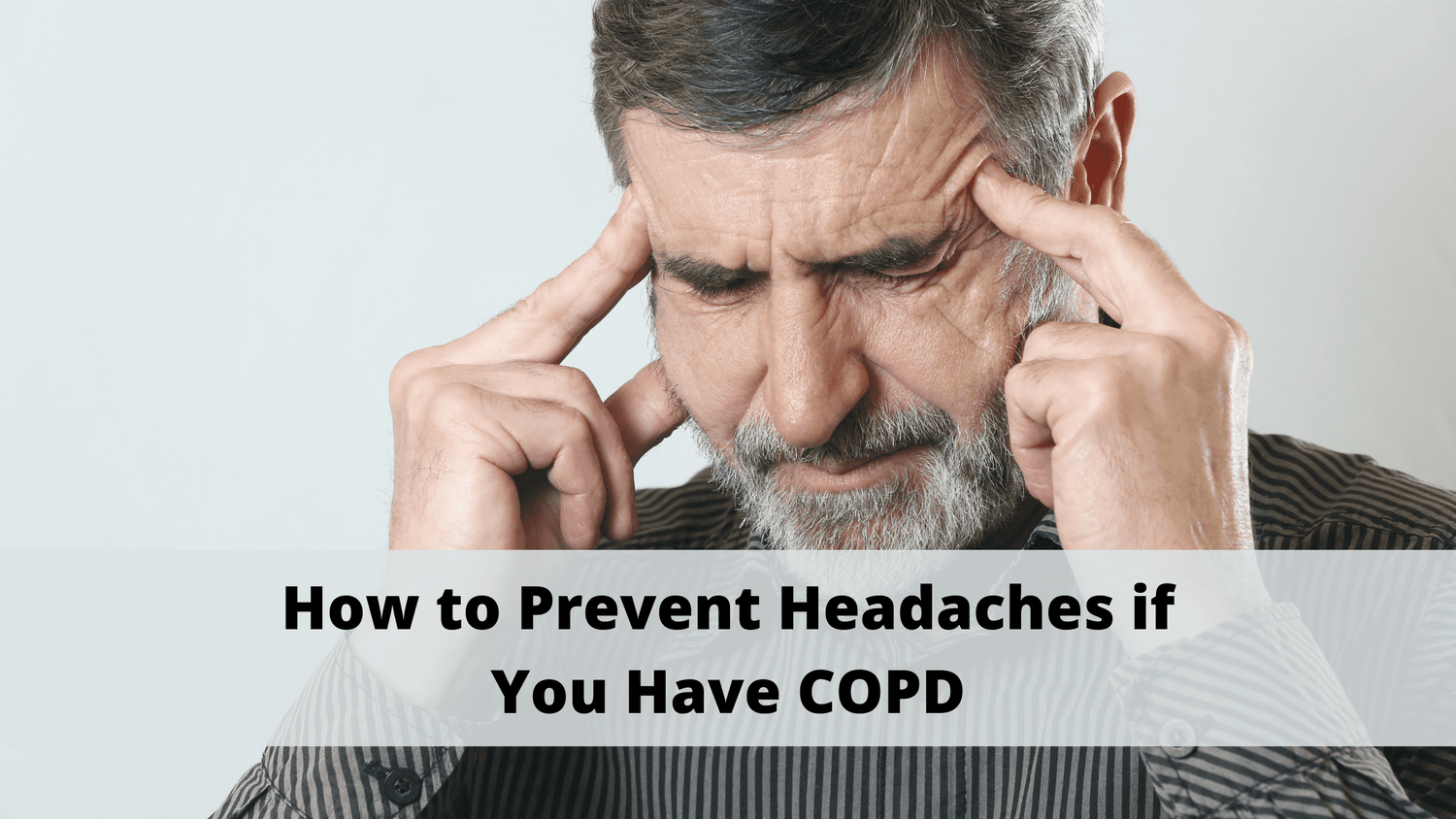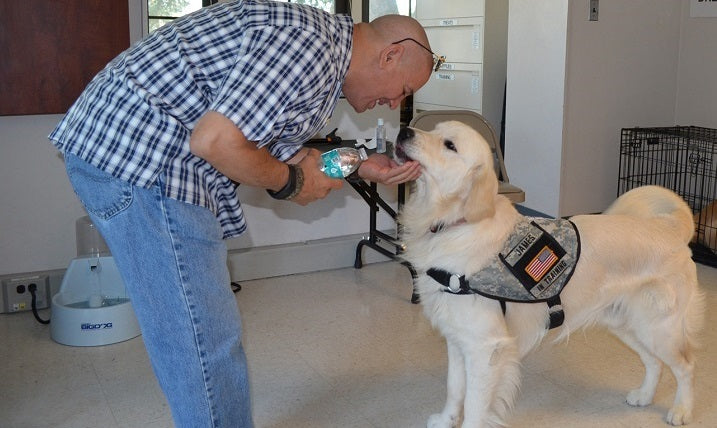Respiratory Resource Center - LPT Medical
How to Prevent Headaches if You Have COPD
Headaches are a problem that we all deal with...
Read MorePet Therapy Can Improve Your Quality of Life with COPD
COPD is a life-long, chronic disease that can cause...
Read More11 Tips That Show You How to Save Money on COPD Medication
Living with a chronic disease like COPD comes with many challenges,...
Read More


